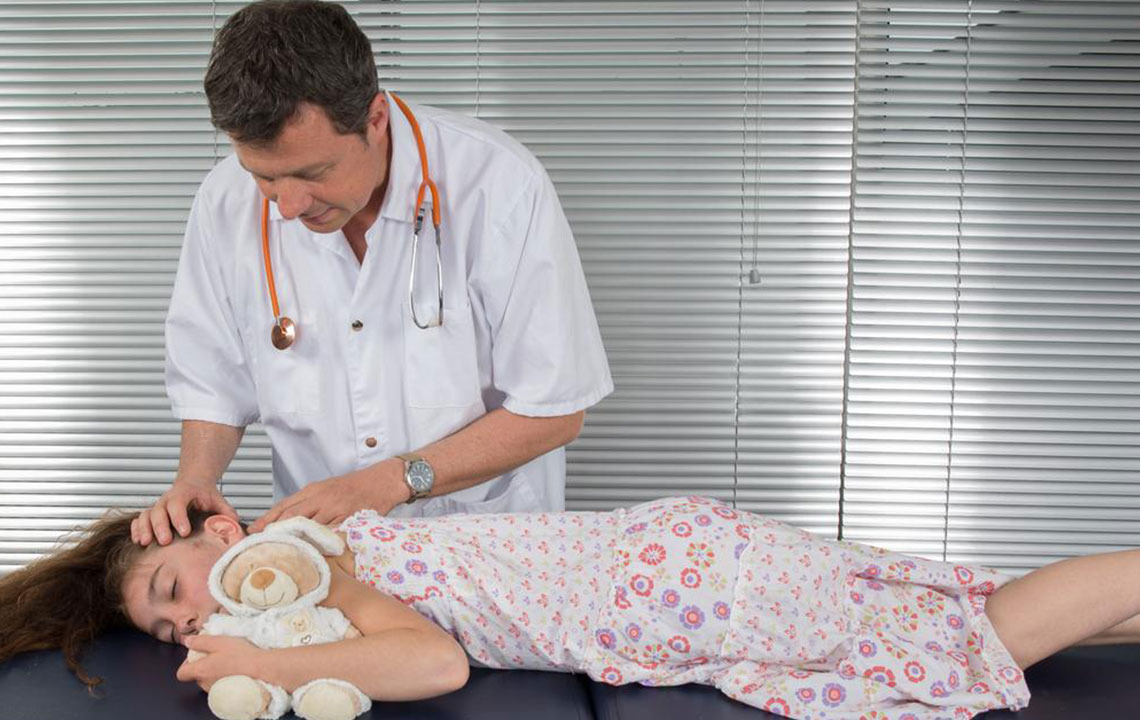Effective Treatments for Ear Infections

Ear infections are most prominent in individuals during the rainy season. High outdoor temperatures such as those exceeding 38 o C could induce ear infections.
Children are more vulnerable as compared to adults getting an ear infection. Ear infection symptoms often come into effect in little time. Timely treatment must be considered in case of severe ear infections. Different ear infections have different treatment methods.
Symptoms of Ear Infection
- Pain in the ear
- Feeling unwell
- Low energy levels
- Inaudibility
- Discharge from the ear
- Feeling of fullness inside the ear
- Flaky skin both, in and around the ear
Children and babies can have some other symptoms when they have an ear infection. These include:
- Irritability
- Restlessness
- Difficult in maintaining balance
- Disinterested in eating
- Tendency to rub or pull ears
Let’s run through some of the key differences between inner and outer ear infections.
Inner Ear Infections:
- Children are more vulnerable towards getting an inner ear infection.
- Most common causes are flu and colds.
- These affect the ear canal or the tube that connects the eardrum to the outer ear.
Outer Ear Infections:
- Adults are more vulnerable, particularly in the age group of 45 to 75 years.
- The underlying cause is often something that irritates the ear canal. This may include swimming or a skin disorder like eczema.
- Outer ear infections affect the eustachian tube. This is the tube that runs from behind the eardrum right up to behind the nose.
Basic Do’s and Don’ts while Healing Ear Infection:
In most cases, ear infections would heal by itself within 2-3 days, but this depends on the severity of the infection. In the meantime, there are certain things you could do to reduce the discomfort.
Do’s
- If you need to go for painkillers, use paracetamol or ibuprofen. Children below six years should avoid using aspirin.
- You should cover the ear with a warm or cold cloth. The cloth should be clean and should have a soft texture. You may choose to go for something like flannel.
- You should use cotton wool for wiping discharge from your ear.
Dont’s
- Try and make sure that you do not put anything inside the ear. Avoid inserting earbuds, or even cleaning the ear with your fingers.
- Avoid exposing your ear to water. Make sure that water or shampoo does not enter the ear.
Pediatricians often prefer to wait for 72 hours post the onset of infection. Only then do they administer a course of antibiotics. In the same way, parents are apprehensive before giving antibiotics to their children.
The reasons for the wait for antibiotics is the fact that most of the ear infections are viral and some antibiotics kill the bacteria that ease proper functioning of the digestive system.
Home Remedies For Ear Infection Treatment
For healing an ear infection, some home remedies too could be very effective for treating the same. Let’s have a look at some of them.
- Garlic Oil
Garlic oil is one of the best ways to treat an ear infection. Raw garlic has antiviral properties, which work very well if a child has an ear infection. One must put two warm drops of garlic oil in the ear every day. - Tea Tree Oil
Tree tea oil is another remedy which can be very effective for ear infection treatment. This is also known as Melaleuca. Tea Tree Oil has strong antiseptic properties. You must use this by putting a few drops of tea tree oil in the ear. For better results, you may mix tea tree oil with coconut oil, and rub it all over and around the ear. - Treat Food Allergies in a Natural Way
Sometimes children develop ear infections resulting from food allergies. Your child might be allergic to lactose which is present in dairy products or he might be allergic to casein present in nuts or citrus fruits. There are some ways to treat food allergies in a natural way. You may choose to give up gluten if your child or a family member is vulnerable to ear infections. This could be the best way to prevent ear infections.
Let’s run through some of the best foods for treating an ear infection:
Best Foods for Treating Ear Infection
- Water
Water helps clear the mucus buildup when one is suffering from ear infections - Foods Rich in Vitamin C
By keeping the immune system strong, foods rich in vitamin C allow you to overcome an infection very quickly. You can include Vitamin C high foods such citrus fruits, broccoli, Brussels sprouts, grapefruit, and guava.
Foods to Avoid
- Foods that May Induce Allergen
Gluten and peanuts. - Sugar
Sugar may weaken the immune system. - Processed Foods
Processed foods might contain dyes that could be sensitive for children.
Ear infections are viral in most cases. You are recommended to wait for 72 hours from the onset of infection before you choose to go for antibiotics or any treatment. If the ear infection gets severe, you must consider consulting a doctor at the earliest.


